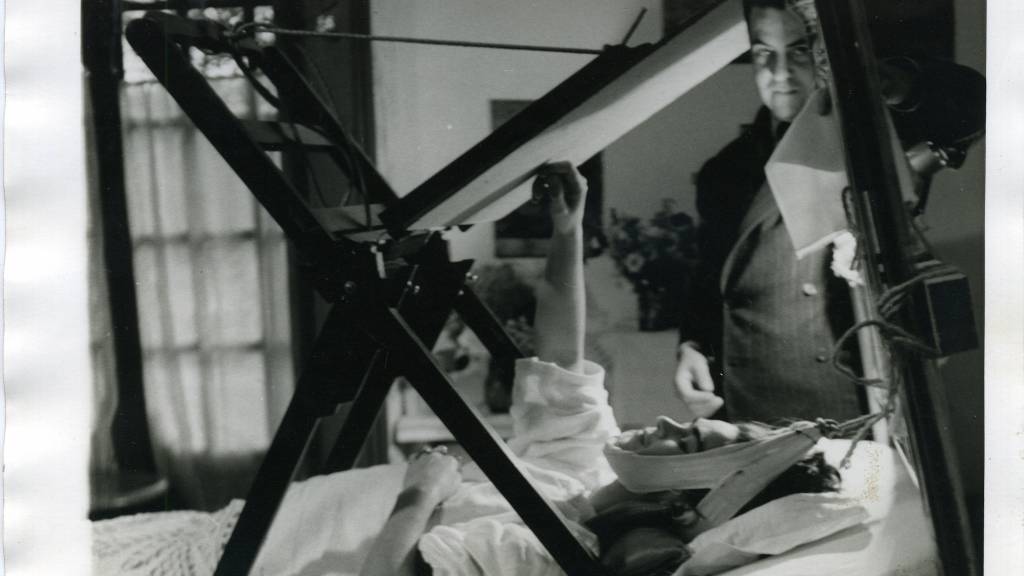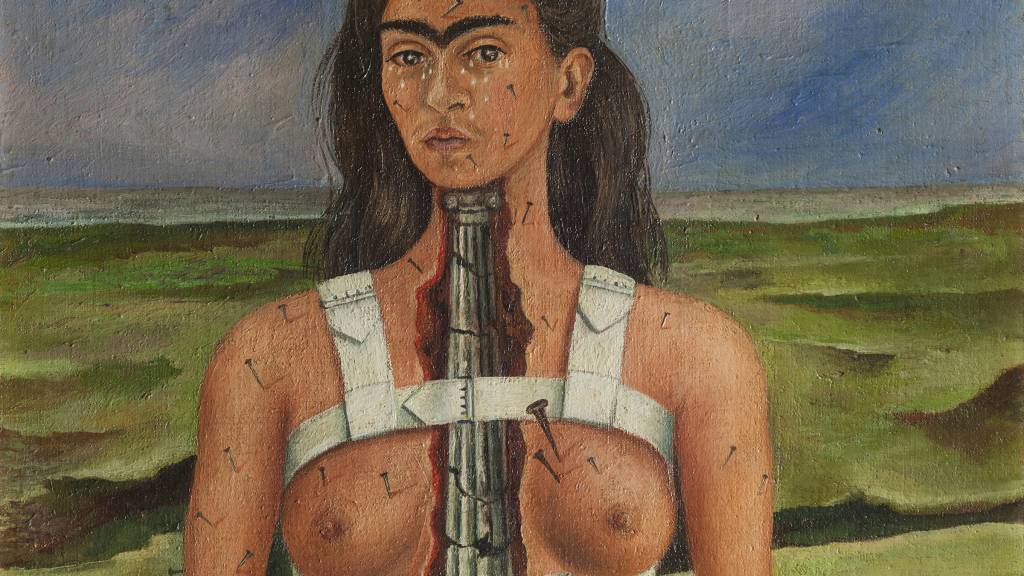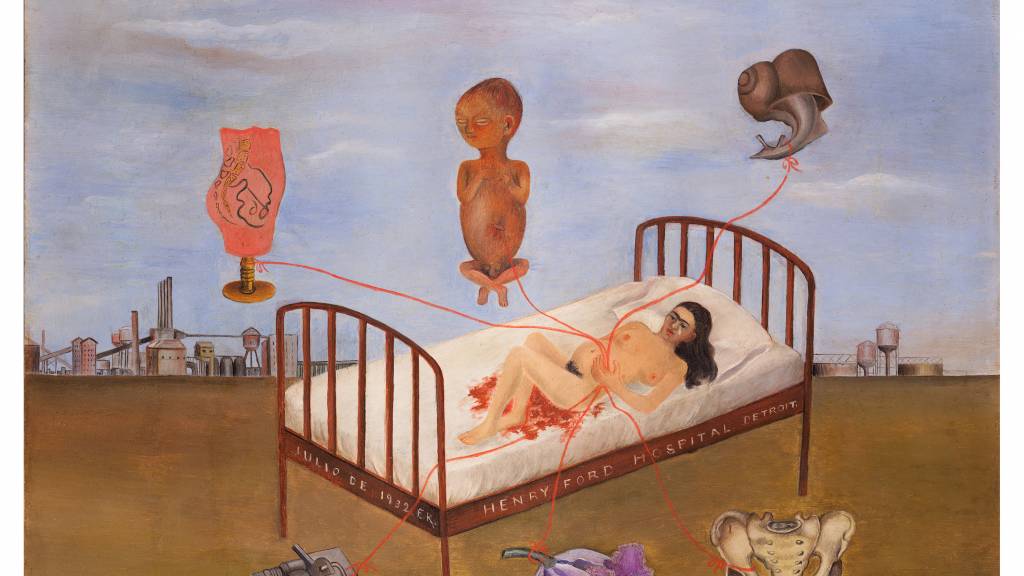Persistent eyebrows, colorful Mexican clothes, and a monkey on her shoulder. Mexican artist Frida Kahlo became a global icon nearly seventy years after her death. The Drents Museum in Assen brings together the two most important collections of Frida Kahlo from Mexico: not only her art, but also personal items such as the prosthetic leg and her uneven shoes that are now lumped together.
Kahlo’s appearance is perhaps more distinctive than her work. From her self-portraits, she looks intently at the visitor, the proud look that the famous persistent eyebrow bridges. “Frida Kahlo drew her persistent eyebrows with a black pencil that’s here in the display case,” says curator Annemiek Rens.
In addition to artwork, personal belongings such as clothing, jewelry, medicine, and medical devices such as corsets are on display. “With Kahlo, life and art are inseparable. They flow into each other.”
Dolores Olmedo Museum
Mexican Perla Labarthe is adamant: for her, Frida Kahlo is an icon. as manager of Museum Frida Kahlo In Mexico City, located in the original home of Frida Kahlo, I loaned a large part of the Drent Museum’s unique collection, which can be seen alongside the collection of the Dolores Olmedo Museum. At Assen, she looks around with relief, happy that the group can now also be seen in the Netherlands. “Kahlo was ahead of her time and defined her own identity. She was self-made and eager to learn.”
Childhood polio left Kahlo’s leg shorter and thinner than her other leg. At the age of eighteen she was on a bus that hit a tram. An iron rod pierced her body and the damage was huge. She underwent about thirty surgeries in her life, wore corsets and had been in severe pain all her life.
However, you can say that without the accident, Kahlo, who intended to become a doctor, would not have become the artist we know today. Constrained in bed and limited in her movements, Frida began painting on the advice of her father. He had a special stand designed and installed a mirror above her bed. Raines: “As a subject she has always been closest to her own model. Moreover, art was a means of expressing her pain on canvas. The famous self-portrait is ‘Self-portrait with a monkey.'”

Kahlo with her own carrier in bed
Dolores Olmedo Museum
Choosing to showcase her work to world-renowned artist Diego Rivera was life changing. Within a year she married him. Labarth: “They really motivated each other to make interesting art. They were a fairly strong pair.” Her health problems did not prevent Frida from having a turbulent emotional life.
broken column
The main piece in Kahlo’s work is “The Broken Column,” in which she depicts herself naked with one of those corsets and a broken shaft as a spine. It is almost physically painful to look at. Although curator Raines has been familiar with Kahlo’s work for years, she was deeply moved once this painting was hung in the room, along with the corset in question.

The Broken Column (1944)
Dolores Olmedo Museum
“She literally exposes herself to us and shows her spine and body collapsing. Tears run down her cheeks and at the same time she also sees an incredibly strong person with a strong, unmoved look. It is special how it hurts, uniting with strength.”
miscarriage
The powerful Frida Kahlo is often categorized as a feminist, activist and also a queer, as she has been known to have relationships with both men and women as well as marrying her great love Diego Rivera. But software maker Kathleen Block doesn’t want to go that far, “because we might give its properties a rating based on current events.”
Blok made a podcast about the artist, who, in her opinion, was ahead of her time, as well as on her choice of topic. “I think her presence in the painting is very special Henry Ford hospital (1932) paints candidly about her miscarriage and shares her pain.” Frida Kahlo wanted to have children, but the pregnancy was jeopardizing her health too much.

Henry Ford Hospital (1932)
Dolores Olmedo Museum
“It’s stupid of course that after so many years of Frida’s work there are still taboos on topics like abortion, miscarriage, wanting to get pregnant and being loved. Frida Kahlo really struggled to spread that with her art.”
Birla Labarth also doubts whether Frida Kahlo has described herself as a feminist. “She tried to be herself, something you might call a feminist. She decided the life she wanted to live. She was able to translate her physical limitations and pain into beautiful works of art. A great inspiration.”
Long live the No Frida! It can be seen from October 8 at the Drents Museum in Assen.






